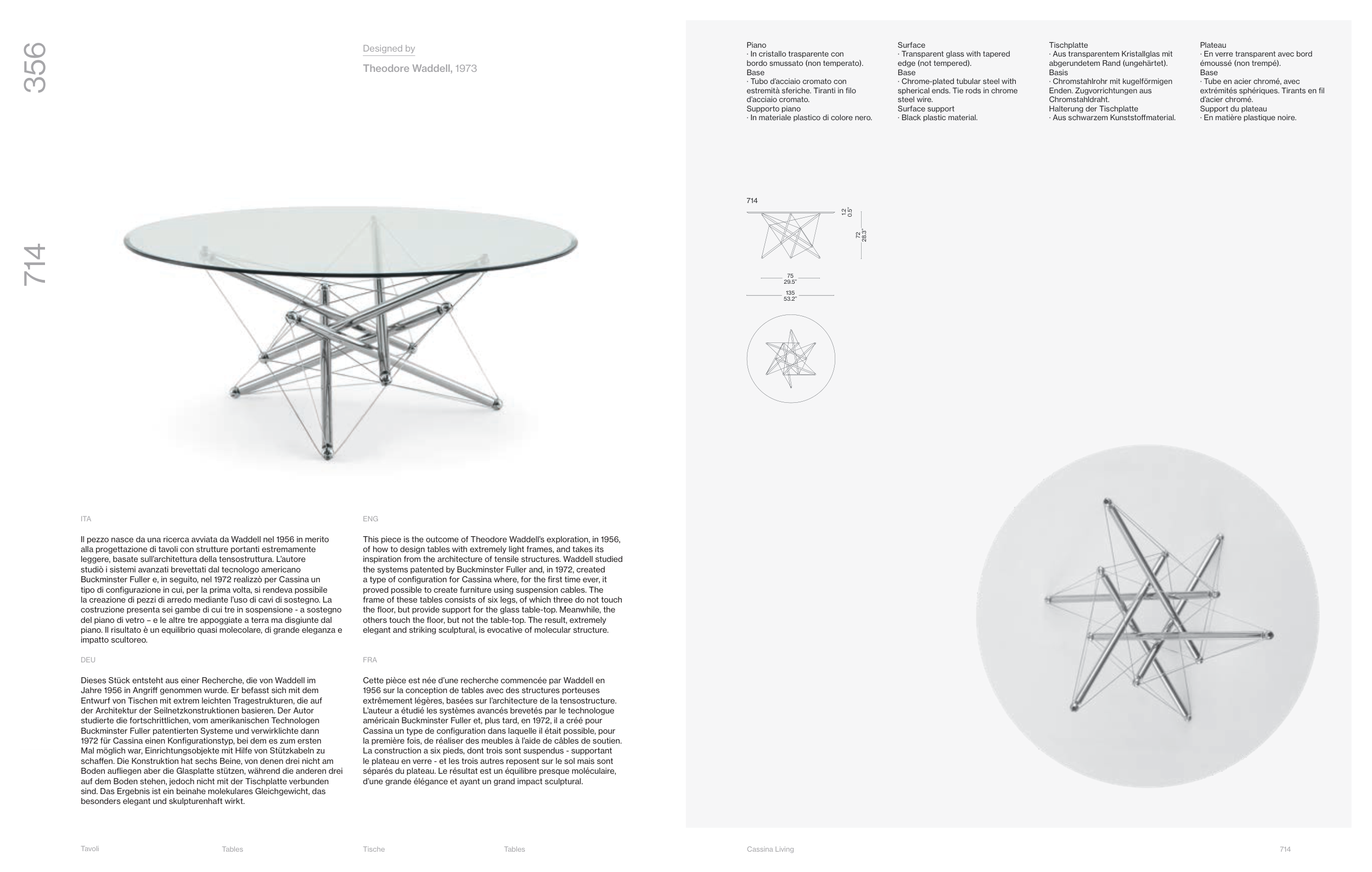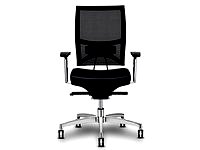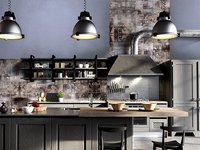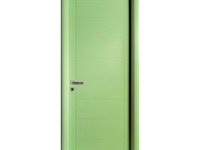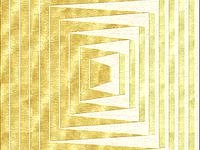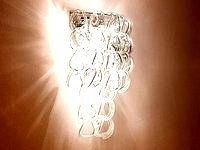Il pezzo nasce da una ricerca avviata da Waddell nel 1956 in merito
alla progettazione di tavoli con strutture portanti estremamente
leggere, basate sull’architettura della tensostruttura. L’autore
studiò i sistemi avanzati brevettati dal tecnologo americano
Buckminster Fuller e, in seguito, nel 1972 realizzò per Cassina un
tipo di configurazione in cui, per la prima volta, si rendeva possibile
la creazione di pezzi di arredo mediante l’uso di cavi di sostegno. La
costruzione presenta sei gambe di cui tre in sospensione - a sostegno
del piano di vetro – e le altre tre appoggiate a terra ma disgiunte dal
piano. Il risultato è un equilibrio quasi molecolare, di grande eleganza e
impatto scultoreo.
This piece is the outcome of Theodore Waddell’s exploration, in 1956,
of how to design tables with extremely light frames, and takes its
inspiration from the architecture of tensile structures. Waddell studied
the systems patented by Buckminster Fuller and, in 1972, created
a type of configuration for Cassina where, for the first time ever, it
proved possible to create furniture using suspension cables. The
frame of these tables consists of six legs, of which three do not touch
the floor, but provide support for the glass table-top. Meanwhile, the
others touch the floor, but not the table-top. The result, extremely
elegant and striking sculptural, is evocative of molecular structure.
Dieses Stück entsteht aus einer Recherche, die von Waddell im
Jahre 1956 in Angriff genommen wurde. Er befasst sich mit dem
Entwurf von Tischen mit extrem leichten Tragestrukturen, die auf
der Architektur der Seilnetzkonstruktionen basieren. Der Autor
studierte die fortschrittlichen, vom amerikanischen Technologen
Buckminster Fuller patentierten Systeme und verwirklichte dann
1972 für Cassina einen Konfigurationstyp, bei dem es zum ersten
Mal möglich war, Einrichtungsobjekte mit Hilfe von Stützkabeln zu
schaffen. Die Konstruktion hat sechs Beine, von denen drei nicht am
Boden aufliegen aber die Glasplatte stützen, während die anderen drei
auf dem Boden stehen, jedoch nicht mit der Tischplatte verbunden
sind. Das Ergebnis ist ein beinahe molekulares Gleichgewicht, das
besonders elegant und skulpturenhaft wirkt.
Cette pièce est née d’une recherche commencée par Waddell en
1956 sur la conception de tables avec des structures porteuses
extrêmement légères, basées sur l’architecture de la tensostructure.
L’auteur a étudié les systèmes avancés brevetés par le technologue
américain Buckminster Fuller et, plus tard, en 1972, il a créé pour
Cassina un type de configuration dans laquelle il était possible, pour
la première fois, de réaliser des meubles à l’aide de câbles de soutien.
La construction a six pieds, dont trois sont suspendus - supportant
le plateau en verre - et les trois autres reposent sur le sol mais sont
séparés du plateau. Le résultat est un équilibre presque moléculaire,
d’une grande élégance et ayant un grand impact sculptural.
ITA
ENG
DEU
FRA
714
Designed by
Theodore Waddell, 1973
75
29.5”
135
53.2”
72
28.3”
1.2
0.5”
714
Piano
· In cristallo trasparente con
bordo smussato (non temperato).
Base
· Tubo d’acciaio cromato con
estremità sferiche. Tiranti in filo
d’acciaio cromato.
Supporto piano
· In materiale plastico di colore nero.
Tischplatte
· Aus transparentem Kristallglas mit
abgerundetem Rand (ungehärtet).
Basis
· Chromstahlrohr mit kugelförmigen
Enden. Zugvorrichtungen aus
Chromstahldraht.
Halterung der Tischplatte
· Aus schwarzem Kunststoffmaterial.
Surface
· Transparent glass with tapered
edge (not tempered).
Base
· Chrome-plated tubular steel with
spherical ends. Tie rods in chrome
steel wire.
Surface support
· Black plastic material.
Plateau
· En verre transparent avec bord
émoussé (non trempé).
Base
· Tube en acier chromé, avec
extrémités sphériques. Tirants en fil
d’acier chromé.
Support du plateau
· En matière plastique noire.
356
714
Cassina Living
Tavoli
Tables
Tische
Tables


